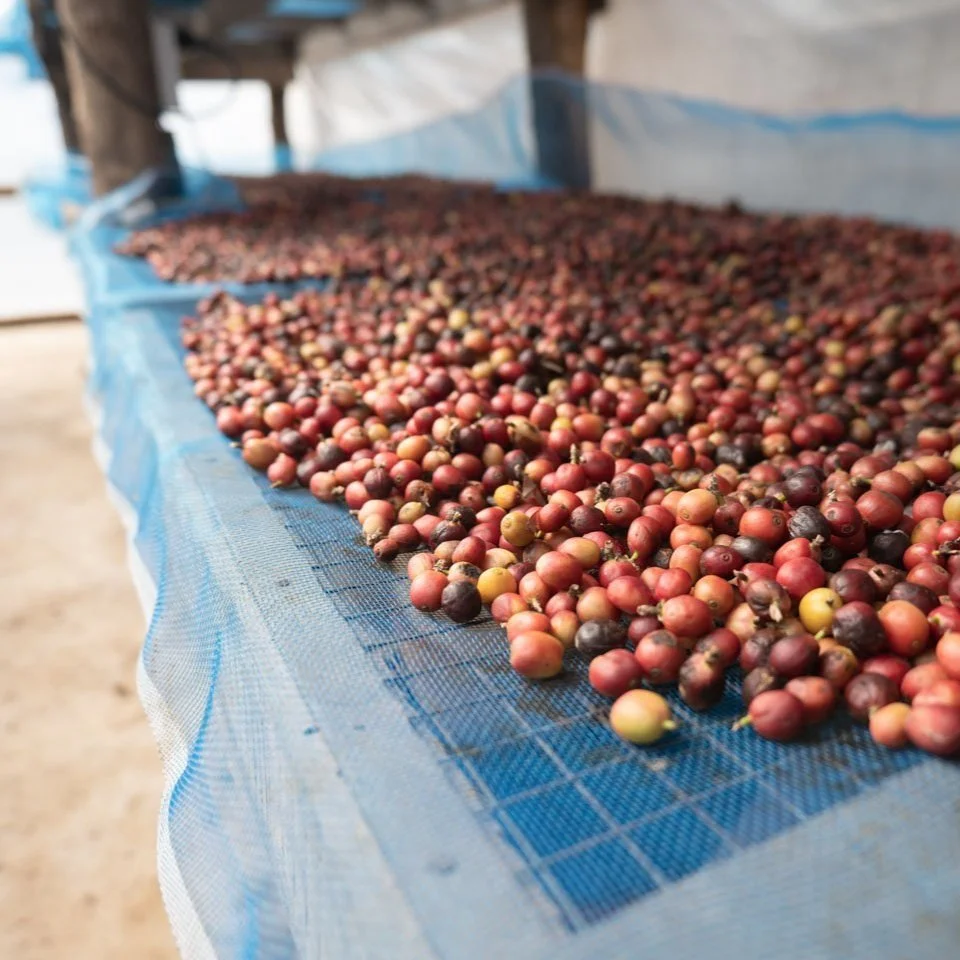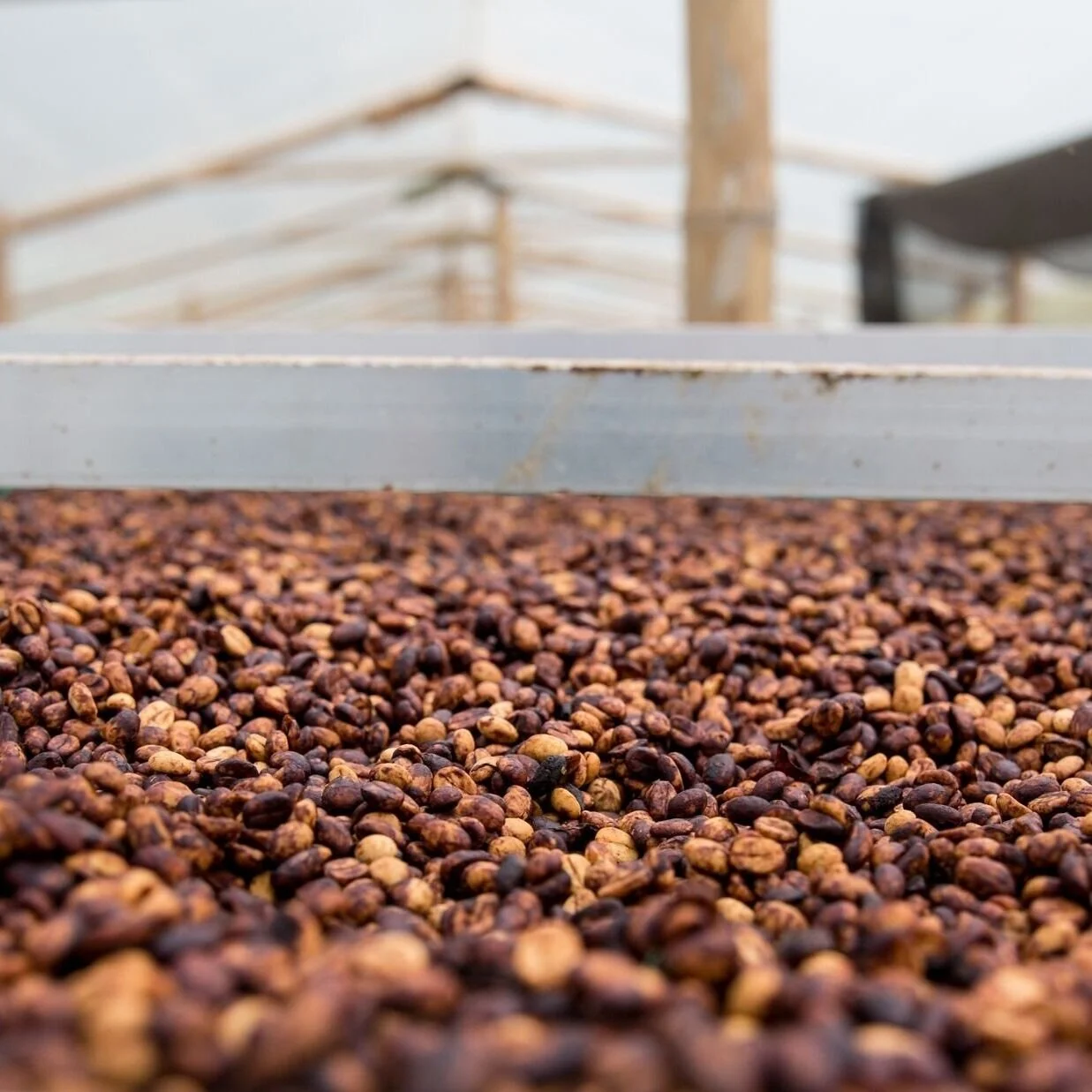Learn AboutCoffee Processing
Coffee isn't just a beverage; it's a culmination of art and science, from the fertile grounds where it's grown to the meticulous methods of processing it undergoes before reaching our cups.
Coffee processing is a pivotal stage that significantly influences the flavor, aroma, and overall quality of the coffee we enjoy daily.
This page will guide you through the basics of coffee processing and introduce you to the various methods used around the world to bring out the unique characteristics of each bean.
What Is Coffee Processing?
Coffee processing is the transformation of the raw fruit of the coffee plant, known as the cherry, into stable, ready-to-roast green coffee beans.
This crucial step involves removing the layers surrounding the coffee bean, including the pulp and mucilage, and ensuring the beans are dried to the correct moisture content.
The method chosen not only affects the bean's longevity and quality but also shapes the flavor profile, setting the stage for the final taste in your cup.
The Main Coffee Processing Methods
Washed Process
Clean, Bright, Flavor Precision
Natural Process
Fruity, Bold, Sun-Kissed Sweetness
Honey Process
Smooth, Balanced, Subtle Sweetness
EA Decaf
Gentle, Chemical-Free, Flavor-Rich
Factors Influencing Choice of Processing Method
Choosing the right processing method is influenced by several factors, including the local climate, geography, and the traditions of the coffee-producing region.
For instance, regions with less water may favor the natural process to conserve resources, while areas with abundant water might opt for the washed process to achieve a cleaner bean.
Additionally, economic considerations, such as the cost of equipment and labor, as well as environmental concerns, play crucial roles in determining the processing method used.
Impact of Processing on Coffee Quality and Flavor
The method of processing coffee has a profound effect on its quality and flavor profile.
Washed processed coffees tend to have higher acidity and a cleaner, more pronounced flavor, making them highly prized in the specialty coffee market.
On the other hand, natural processed coffees are noted for their full body and sweet, fruity complexity, often featuring berry or wine-like notes.
Honey-processed coffees strike a delightful balance, offering both the sweet, heavy body of natural coffees with the crisp acidity of washed coffees.
Understanding these impacts can greatly enhance both the brewing experience and the enjoyment of the coffee.
Innovations and Trends in Coffee Processing
As the coffee industry evolves, so do the methods used in coffee processing. Innovations such as Anaerobic fermentation and Carbonic maceration are creating new flavor profiles and expanding the possibilities of coffee.
Additionally, sustainability is becoming increasingly important, with more producers adopting eco-friendly practices such as water recycling and using less invasive chemical agents in decaffeination processes like the EA method.
Conclusion
Understanding coffee processing is essential for anyone looking to deepen their appreciation of coffee. Each method brings out different qualities and flavors in the beans, offering a diverse palette for both connoisseurs and casual drinkers alike.
We encourage you to explore the different types of processed coffee to discover the unique tastes and stories they bring to your cup.




